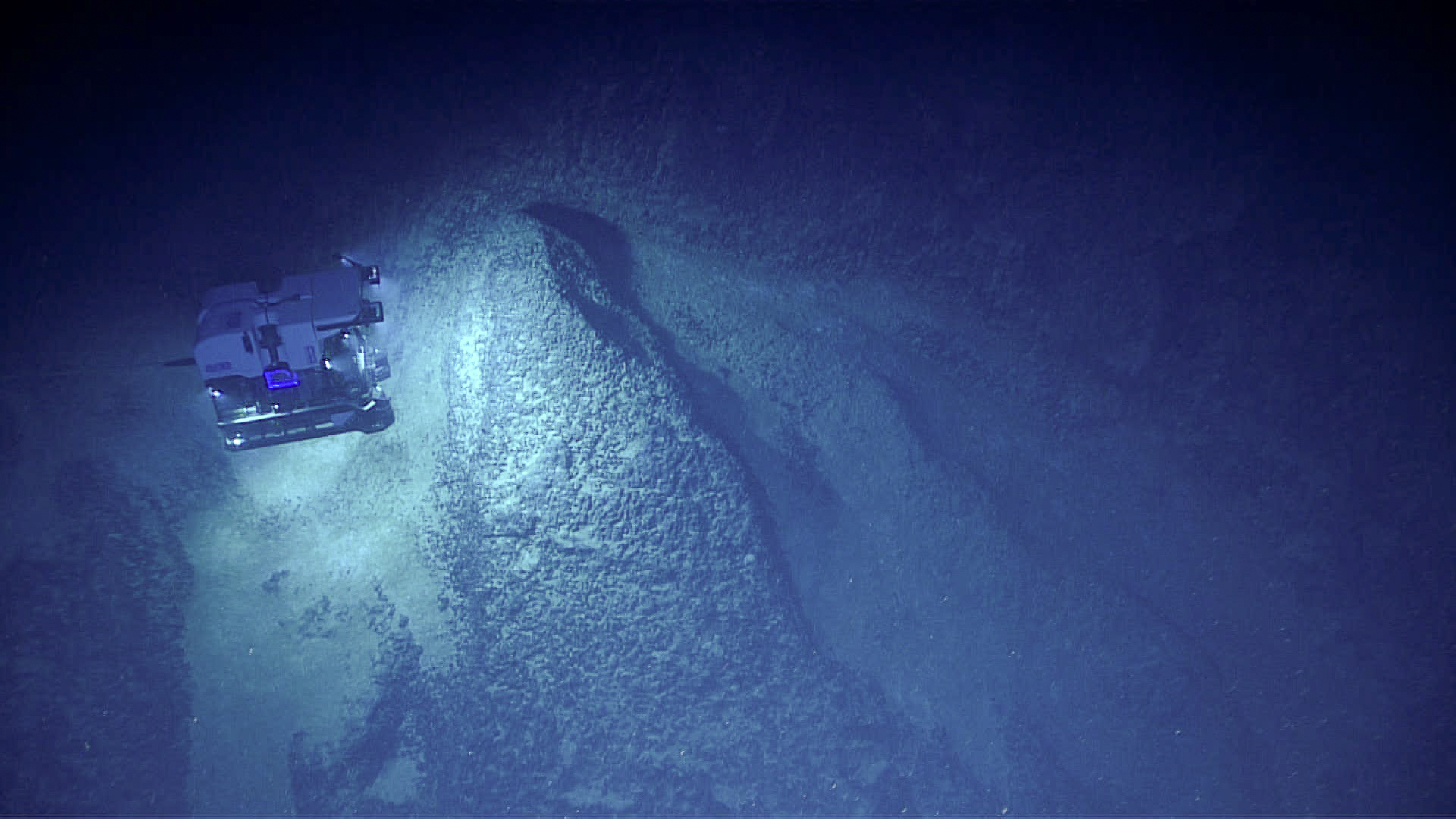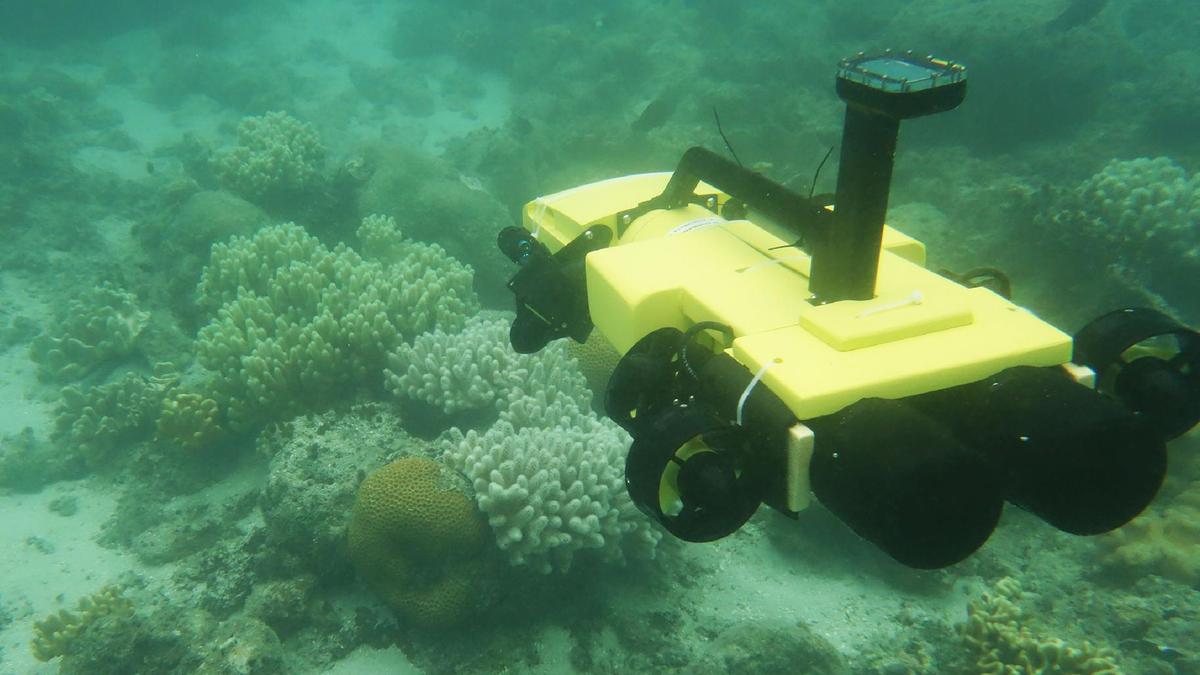Of all the world’s oceans, the Indian Ocean is among the least explored. This is especially true in the deep Indian Ocean, which is rarely visited, despite being host to numerous ecosystems hosting new and novel species not seen anywhere else in the world. At the recent ISA Council meeting, one delegate even noted in their intervention the biodiversity of the Indian Ocean was perceived to be low, an artifact of relatively few research expeditions endeavoring to explore this region.
That may soon change.
Last week, India announced the launch of the Deep Ocean Mission, a five year, $1.4 billion USD funding initiative to survey the deep sea, develop new exploration technologies, advance the country’s mining interests, and explore the potential for offshore desalination. “The mission proposes to explore the deep ocean similar to the space exploration started by [the Indian Space Research Organization] about 35 years ago” reads the funding report. “The mission will be launched by October 31. It will look into various aspects of ocean, with a special focus on sustainable harnessing of ocean resources,” said Dr. M. Rajeevan, Secretary to the Ministry of Earth Sciences.
India is dramatically increasing its deep-ocean capacity, including enhancing technology to mine polymetallic nodule fields and seafloor massive sulphides. During the 25th Session of the International Seabed Authority Council Meeting this summer, representatives from the Indian government and Indian research institutes presented on the last 30 years of deep ocean exploration in the Indian Ocean, and discussed their ambitious plans for the coming decade.
Among the key deliverables for the Deep Ocean Mission is the development of a new 6000m capable submersible. India currently operates the ROSUB 6000, which has been proven to a depth of 5,289 meters. ROSUB 6000 entered operation in 2010 and has been deployed with a variety of seabed mapping tools to produce high-resolution bathymetry in the Indian Ocean. There is currently no indication whether this new 6000-meter capable submersible will also be a Remotely Operated Vehicle or if it will carry human occupants.
In addition to the increased capacity to explore the deep seafloor, the Deep Ocean Mission includes a major push to develop offshore desalination systems powered by tidal energy. Chennai is currently enduring a serious drought as the city struggles to bring in enough water for its citizens. As India faces significant water shortages due to climate crisis-induced drought, the capacity to produce potable water from the sea will be an increasingly essential tool in the climate change adaptation arsenal.
India has a massive Exclusive Economic Zone that stretches over 2.2 million square kilometers and includes substantial portions of the unexplored deep Indian Ocean. The International Seabed Authority has issued an additional 75,000 square kilometers of seabed in the Central Indian Ocean Basin to Indian contractors for exploration and eventual exploitation of polymetallic nodules. There is an estimate 380 million tonnes of nodules in the Central Indian Ocean Basin; the metal contents of just 10% of those nodules could meet India’s energy needs for a century.
Featured Photo: Nodules at 5462 m depth in India’s Pioneer Area.






